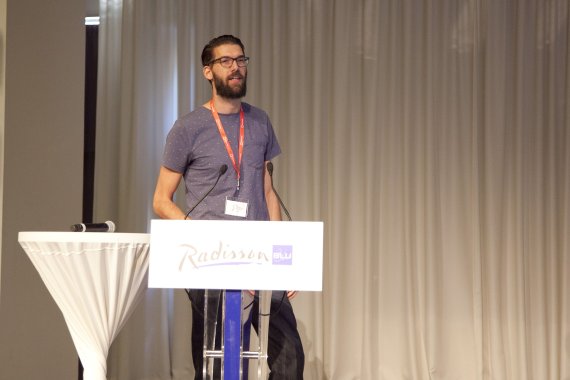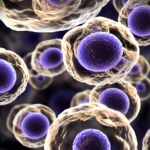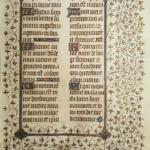It is a prize for the greatest scientific talent in the Netherlands and Flanders. People can cast their votes for the Wageningen candidate on the New Scientist website (link at the bottom of this article). ‘I am honoured by the nomination’, says Swarts, Biochemistry researcher at the Department of Agrotechnology and Food Sciences. Swarts investigates new bacterial immune systems, which are programmed to cut DNA at a specific location.
Major breakthrough
The discovery of CRISPR-Cas9 was a major breakthrough. With this protein, which stems from the immune system of certain bacteria, researchers can specifically cut and paste pieces of DNA. This technique offers a wide range of possibilities, such as curing hereditary diseases or improving food production through genetically modified plants.
Cut and paste
However, a disadvantage of CRISPR-Cas9 is that the protein can only cut at a limited number of locations. During his PhD research, Swarts discovered the function of a new kind of bacterial proteins, the Argonaute proteins. In theory, these would allow researchers to cut and paste DNA at any location. ‘We are currently investigating which of these proteins work in cells’, Swarts says. Together with his former supervisor John van der Oost, Swarts holds two patents related to this discovery.
Before we apply this type of bacterial immune system to modify DNA, we must first properly understand them.
Daan Swarts, Biochemistry researcher
After obtaining his PhD, Swarts investigated the 3D structure of CRISPR-Cas12a, a protein with a similar function and applicability to those of CRISPR-Cas9. Using this 3D structure, he unravelled how this protein recognises and cuts DNA. Swarts: ‘Before we apply this type of bacterial immune system to modify DNA, we must first properly understand them. One would want such a protein to cut very precisely at a specific location. Personally, I especially enjoy making these fundamental discoveries; I leave the applications to others.

 Daan Swarts during the CRISPR 2018 conference in Vilnius, Lithuania. Photo: Private archives Daan Swarts
Daan Swarts during the CRISPR 2018 conference in Vilnius, Lithuania. Photo: Private archives Daan Swarts 

